Ottelia Pers.
duck lettuce, santawaa, water plantain
Hydrocharitaceae
Aponogeton, Damasonium, Echinodorus, Hydrocleys
Africa, Asia, Australia, and South America
Ottelia alismoides (L.) Pers.
O. mesenterium (Hallier fil.) den Hartog
O. ovalifolia (R. Br.) Rich.
O. ulvifolia (Planch.) Walp.
U.S. Federal Noxious Weed: Ottelia alismoides
Identification: Ottelia alismoides is distinguishable from most Ottelia species by its large, light green, ovateovate:
(adj) egg-shaped in outline; generally with the broad end at or near the baseto rounded leaves with undulateundulate:
(adj) (of, e.g., a margin) with a wavy surface; wavy in the vertical (up and down) planemargins in mature plants, lack of floating leaves, and white flowers with yellow center.
Ottelia alismoides is introduced in several states in the southern United States. Ottelia ovalifolia is introduced in New Zealand; its presence in New Caledonia is not confirmed.
Ottelia alismoides is an aquatic weed on the U.S. federal noxious weed list.
large, submersedsubmersed:
see submerged
 or floating, attached rosetterosette:
or floating, attached rosetterosette:
(n) a radiating cluster of leaves, usually close to the ground at the base of a plant
 plant
plant
Annual or perennialperennial:
(adj) (of a plant) having a life cycle of more than two years
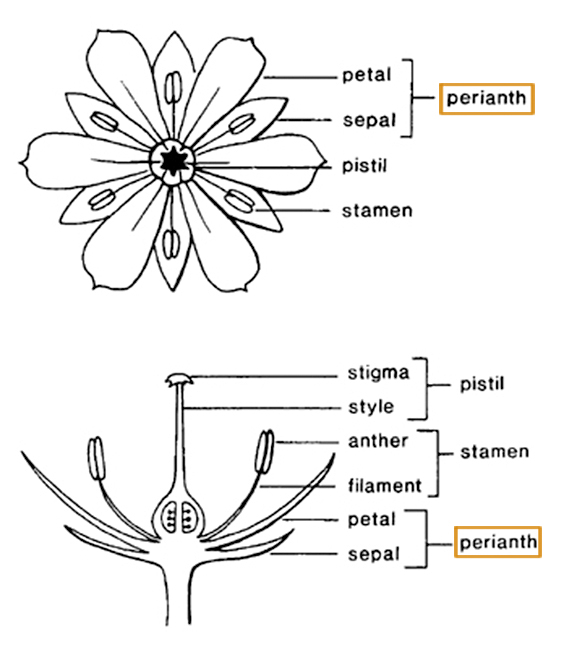 . Monoeciousmonoecious:
. Monoeciousmonoecious:
(adj) having separate male and female flowers on the same individual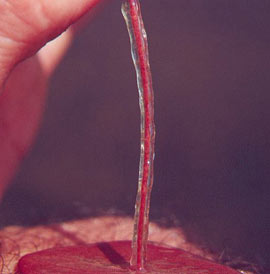 or dioeciousdioecious:
or dioeciousdioecious:
(adj) having separate male and female flowers on different individuals of the same species
 . Stem typically compact, roots unbranched. Leaves in a basalbasal:
. Stem typically compact, roots unbranched. Leaves in a basalbasal:
(adj) at or pertaining to the base, or point of attachment
 rosetterosette:
rosetterosette:
(n) a radiating cluster of leaves, usually close to the ground at the base of a plant
 , sheathed at base, juvenile leaves usually sessilesessile:
, sheathed at base, juvenile leaves usually sessilesessile:
(adj) attached directly, without a stalk
 , mature leaves numerous, often petiolatepetiolate:
, mature leaves numerous, often petiolatepetiolate:
(adj) relating to or in the form of a petiole; bearing petioles
 , submersedsubmersed:
, submersedsubmersed:
see submerged
 and/or floating; mature leaf bladeblade:
and/or floating; mature leaf bladeblade:
(n) (syn. lamina) the flat, expanded part of a leaf, frond, or petal (excluding, e.g., the petiole)
 linear, reniformreniform:
linear, reniformreniform:
(adj) kidney-shaped
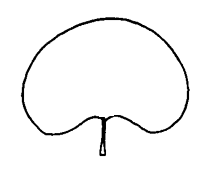 to orbicularorbicular:
to orbicularorbicular:
(adj) circular in outline
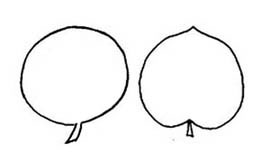 , veins parallel or palmatepalmate:
, veins parallel or palmatepalmate:
(adj) (of leaves or venation) with lobes, leaflets, divisions or veins originating from the same point
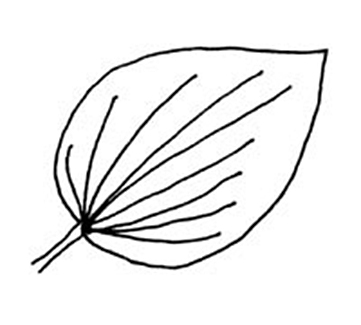 ; base rounded to cordatecordate:
; base rounded to cordatecordate:
(adj) heart-shaped; in the form of two rounded lobes
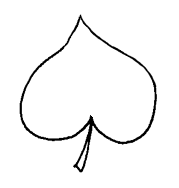 ; marginmargin:
; marginmargin:
(n) edge; rim
 entire or undulateundulate:
entire or undulateundulate:
(adj) (of, e.g., a margin) with a wavy surface; wavy in the vertical (up and down) plane
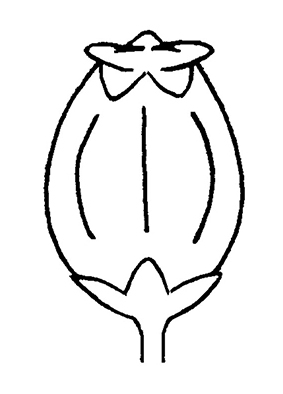 . Spathespathe:
. Spathespathe:
(n) a large bract or bracts subtending and often enclosing an inflorescence
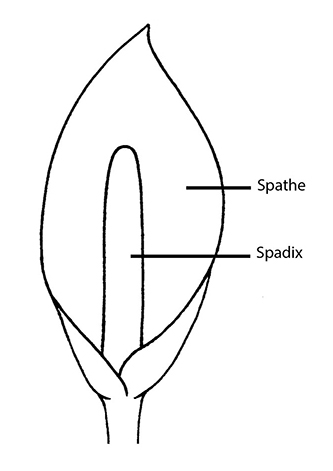 of 2 united bracts, often winged or ribbed. Flowers unisexualunisexual:
of 2 united bracts, often winged or ribbed. Flowers unisexualunisexual:
(adj) (of a flower) with either stamens (male) or pistils (female) but not both; consisting of only male or female flowers
 or bisexualbisexual:
or bisexualbisexual:
(adj) having both male and female sexual reproductive structures on one individual or in one flower
 ; female and bisexualbisexual:
; female and bisexualbisexual:
(adj) having both male and female sexual reproductive structures on one individual or in one flower
 flowers sessilesessile:
flowers sessilesessile:
(adj) attached directly, without a stalk
 , solitary; male flowers numerous, pedicellatepedicellate:
, solitary; male flowers numerous, pedicellatepedicellate:
(adj) borne on a pedicel
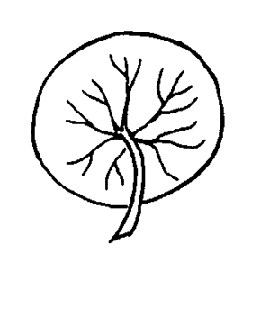 , emerging from spathespathe:
, emerging from spathespathe:
(n) a large bract or bracts subtending and often enclosing an inflorescence
 ; sepals 3, green; petals 3, conspicuous, yellow, purple, white or pink, or reduced in cleistogamouscleistogamous:
; sepals 3, green; petals 3, conspicuous, yellow, purple, white or pink, or reduced in cleistogamouscleistogamous:
(adj) (of flowers) remaining closed, self-pollinating, and setting fertile seed
 flowers. Dispersal by numerous seeds.
flowers. Dispersal by numerous seeds.
usually in slower waters of rivers, lakes, and ponds
Ottelia contains 19 species; 11 species in Africa, seven in Asia and Australia, and a single species in South America. A great deal of taxonomic confusion is associated with this genus due to the high degree of polymorphism in several species, especially O. alismoides. Although robust plants of Ottelia occur in the wild, only a few species (or varieties) are suitable for aquarium or pond cultivation, and they remain difficult species to maintain in permanent culture.